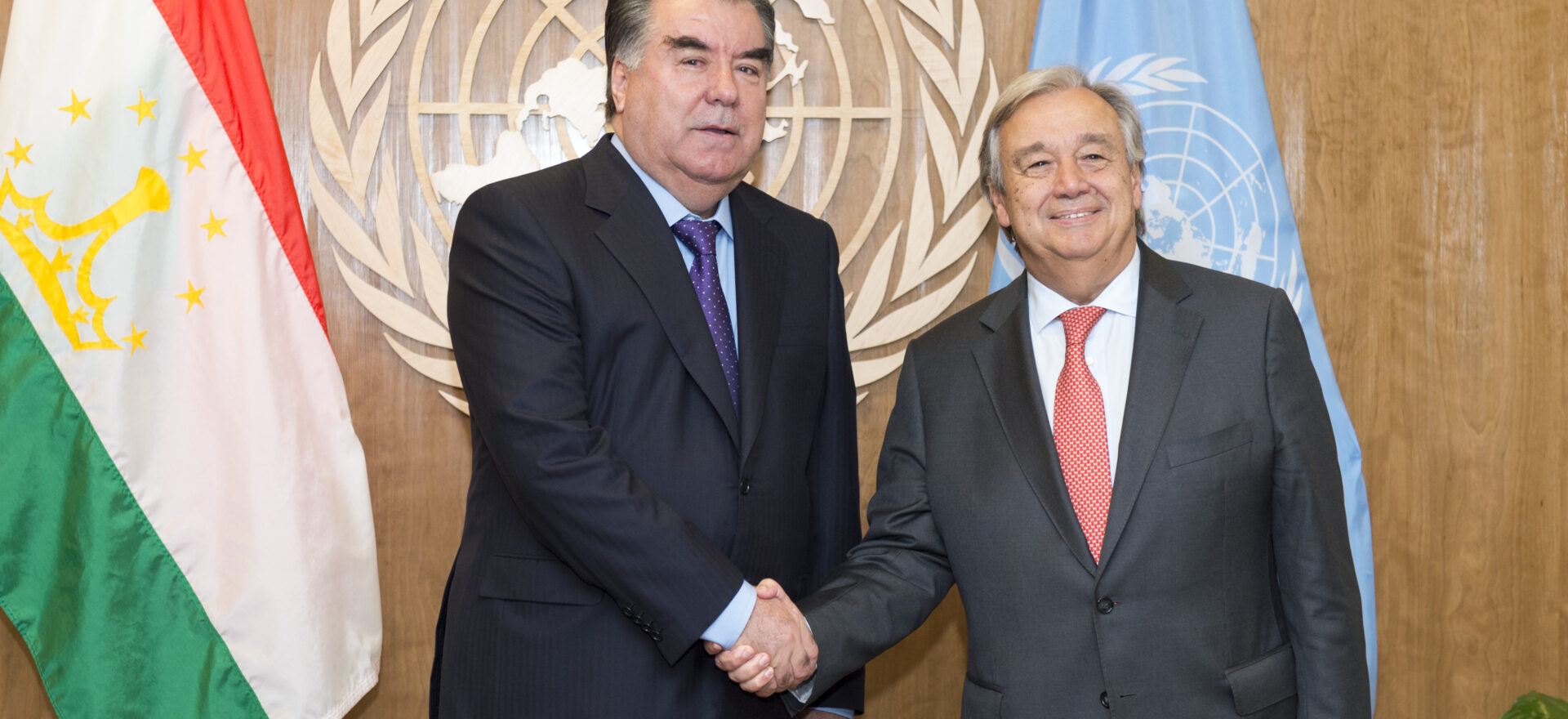Karolina Kluczewska, PhD, is a visiting research fellow at the Collaborative Research Centre ‘Dynamics of Security,’ Justus Liebig University Giessen.
Development aid is intrinsically linked to international relations. It is an umbrella concept for policies aimed at supporting socio-economic and political development in recipient countries. The development aid instruments include, but are not limited to, project grants, direct budget support, concessional loans as well as the provision of expert knowledge. Development aid, regardless of a form, implies a specific relationship between involved parties, including the donors, i.e., governments which allocate funding, international organisations which manage it, and recipient governments. While development aid is presented as a gift, gifts are not provided for free, as the social theories of reciprocity tell us. Aid recipients cannot return the same donations to their donors, and they are not expected to do so. Instead, they are supposed to pay back in different ways, for example, by demonstrating loyalty in the international arena, providing economic concessions to the donor country or accepting normative frameworks which accompany aid.
Central Asia became involved in the international development aid system only in 1991, after the collapse of the Soviet Union. The end of the bipolar world and newly independent statehood constituted the context in which countries in the region became beneficiaries of international assistance. This explains the initial dominant lens of development aid which implied the region’s socialisation into liberal universalism.
The present paper focuses on Tajikistan and development aid that it has received since 1991. The overview of the nearly three decades of development aid builds around five main phases: 1) humanitarian aid during the Tajik civil war, 1992-1997, 2) the post-civil war peacebuilding and reconstruction in the late 1990s and the early 2000s, 3) security-focused aid throughout the 2000s, 4) the broadening of the donor landscape in the 2010s, and 5) the COVID-19-related aid in 2020. The description of these stages is somewhat sketchy. The distinction, however, helps identify and discuss the changing characteristics of aid and aid-related international relations, including the major fields of assistance and volumes of aid, the dominant actors, and the shifts in donor-recipient relations.
Full paper in English Скачать на русском
The policy paper is produced as part of a project “Debating International Relations in Central Asia: Regional Developments and Extra-Regional Actors”. The project is led by Shairbek Dzhuraev and Eric McGlinchey with support of the Hollings Center for International Dialogue. The views expressed in this publication are those of the author and do not necessarily reflect the views of Crossroads Central Asia and/or the Hollings Center for International Dialogue.
All papers of the series:
- The April 2021 Kyrgyz-Tajik border dispute: historical and causal context
- The way forward for a regional diplomacy for peace in Afghanistan
- The effects of remittances in Central Asia
- Three decades of development aid in Tajikistan
- Kyrgyz post-Soviet foreign policy: a habit of dependency
- Does Russia have a strategy for Central Asia?
- Recipient, activist, protector: three modes of Tajikistan’s foreign policy
- Thirty years of Uzbekistan’s international relations: Quo Vadis?
- The limits of Washington’s staying power in Central Asia
- The cost of pragmatism of Kazakhstan’s foreign policy
- Tightening the belt? Challenges for China’s development-security nexus in Central Asia

